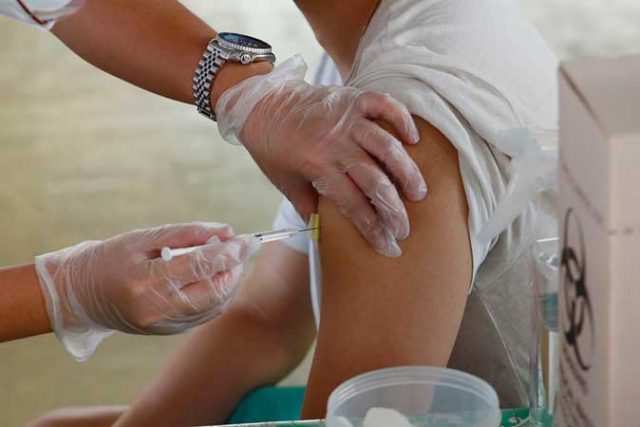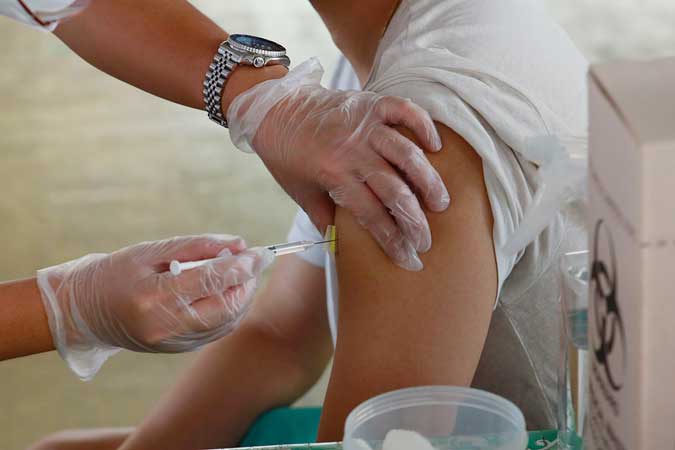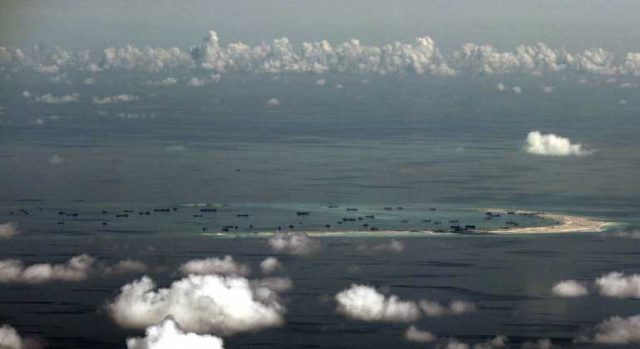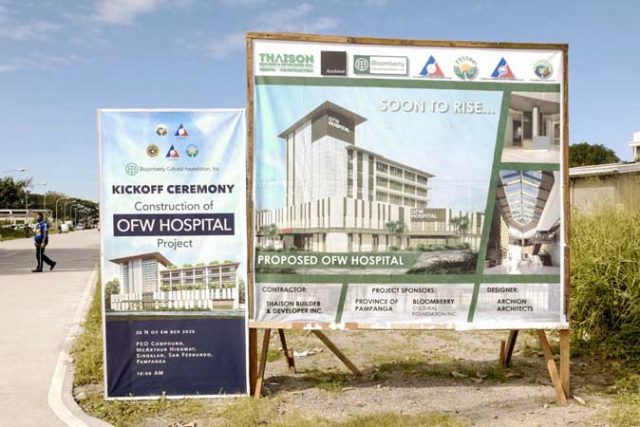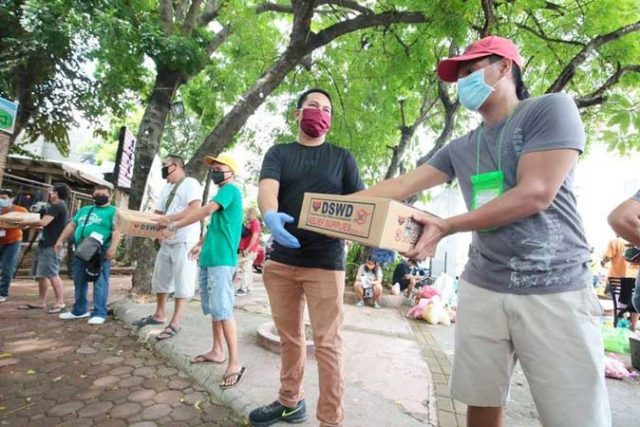Local stocks to correct ahead of Q1 GDP report
SHARES are expected to correct this trading week as investors await the release of the first quarter (Q1) gross domestic product (GDP) report.
The Philippine Stock Exchange (PSEi) declined by 24.07 points or 0.38% to close at 6,258.71 on Friday, while the broader all shares index went down by 2.22 points or 0.05% to finish at 3,877.43.
Week on week, the benchmark index likewise shed 112.16 points from its 6,370.87 close on April 30.
Timson Securities, Inc. Trader Darren Blaine T. Pangan said inflation concerns here and abroad continued to cloud investor sentiment.
“Locally, trading volume remained thin, as investors digested the many economic reports released such as the April manufacturing activity, as well as April’s inflation rate,” Mr. Pangan said in a Viber message on Saturday.
“Market participants might still be waiting for significant positive catalysts to take place in the country,” Mr. Pangan added.
The Philippine Manufacturing Purchasing Managers’ Index (PMI) went down to 49 in April from 52.2 in March, snapping a three-month climb, resulting from a survey by IHS Markit. It is the first dip below the 50-neutral mark since posting 49.2 in December.
Meanwhile, headline inflation in April stood at 4.5%, unchanged from the previous month but faster than the 2.2% recorded in April 2020, the Philippine Statistics Authority reported on Wednesday.
Value turnover averaged P4.57 billion last week, while net foreign selling averaged P510.57 million.
“We may continue to go [on a] downtrend as foreign investors continue to sell with light trade volumes wherein most investors remain at sidelines on lack of positive news,” Diversified Securities, Inc. Equity Trader Aniceto K. Pangan said in a text message on Saturday.
“With the release of GDP [data for] the first quarter this Tuesday, we may see further correction ahead as consumer demand showed tepidness and most economic indicators are on the red such as PMI and volume of production,” Mr. Pangan added.
He said he expects the PSEi to close between 6,130 to 6,500 this week.
“With [the] NCR’s (National Capital Region’s) infection rates going down as attested by OCTA [last] week, we may see a reprieve with the government easing restrictions [through] further reopening of the economy after May 14,” he noted, referring to the OCTA Research Group from the University of the Philippines.
Meanwhile, Timson Securities’ Mr. Pangan said the Bangko Sentral ng Pilipinas’ (BSP) interest rate decision this week may also affect market sentiment. The BSP Monetary Board will meet on Thursday to review its policy settings.
He expects the index to finish between the 5,800 to 6,500 range. — Keren Concepcion G. Valmonte



